Can you elaborate on the inspiration behind your Deliquesce Vase and how it reflects your connection with the land and the local community?
The Deliquesce Vase is inspired by the fluidity and transformation observed in nature, especially the way water interacts with the earth. This piece reflects my deep connection to the land and local community by embodying the essence of Palestinian landscapes.
The organic, flowing form of the vase symbolises the resilience and adaptability of the local culture. Stones locally sourced and collected from different Palestinian towns, chosen and maliciously cleaned before glass application.
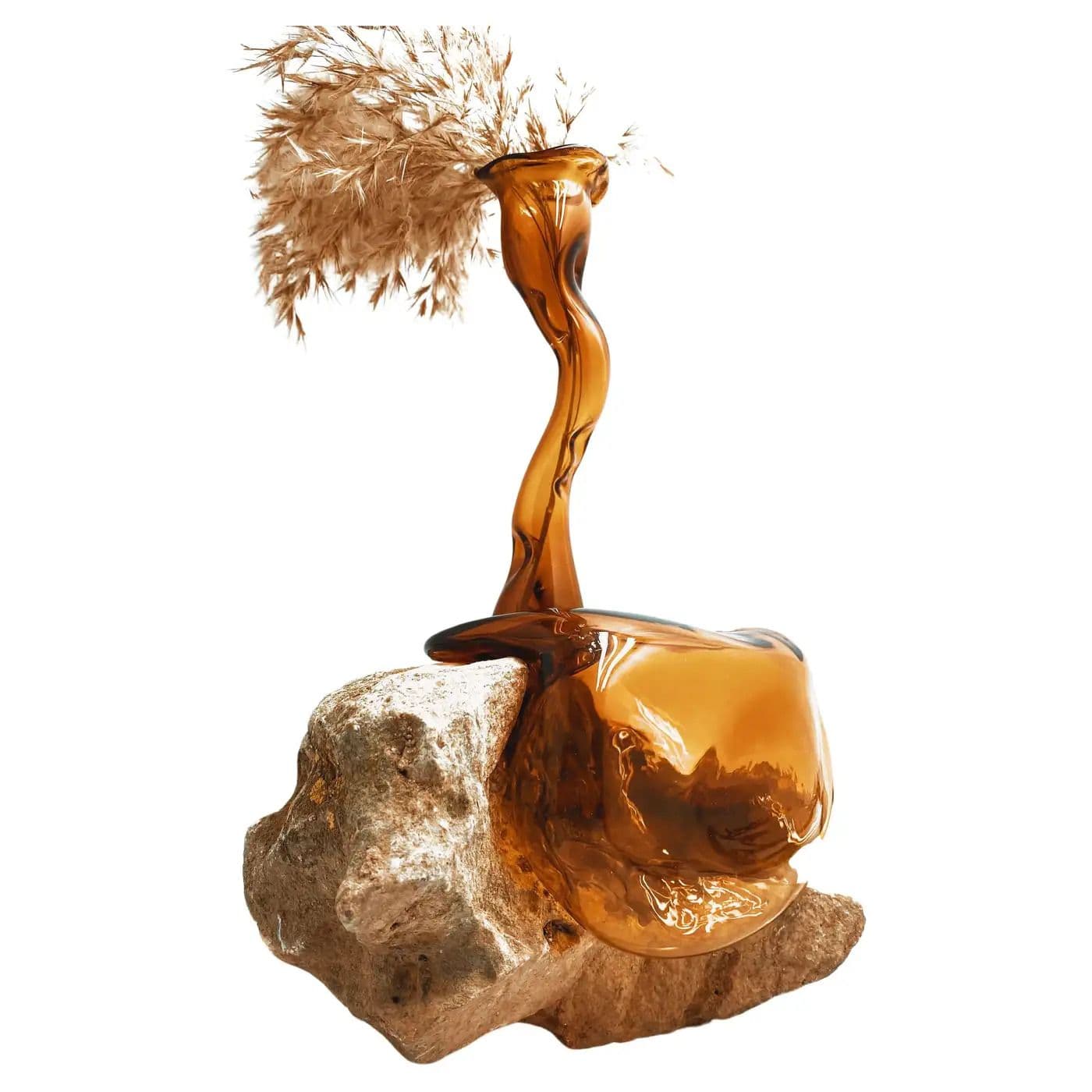
How do the cultural and historical contexts of Jerusalem and Jaba' influence your design philosophy and the materials you choose?
Jerusalem and Jaba' are steeped in rich cultural and historical narratives, which profoundly influence my design philosophy. The juxtaposition of ancient history and modern life in these places inspires me to create pieces that honor tradition while embracing innovation.
I choose materials that have cultural significance, such as locally sourced glass and stones, to ensure that each piece tells a story. This connection to the past and present informs my commitment to sustainability and authenticity in my designs.
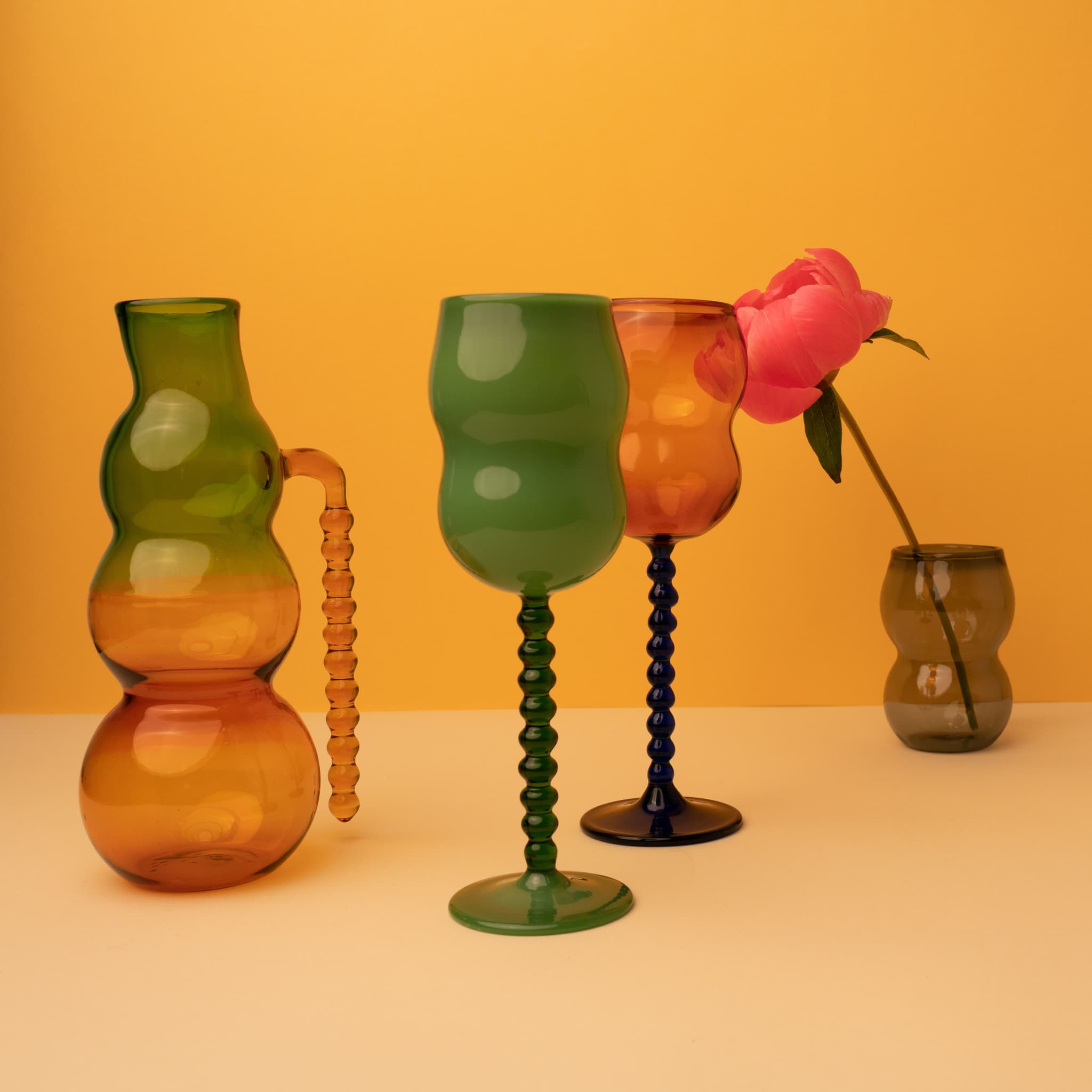
What role does collaboration with local artisans, such as the glass blowers from Jaba’, play in your creative process?
Collaboration with local artisans is central to my creative process. The glass blowers from Jaba bring a wealth of traditional knowledge and expertise, which is invaluable in crafting unique and high-quality pieces. This partnership not only preserves traditional techniques but also provides a platform for these artisans to showcase their skills.
By working together, we create pieces that are deeply rooted in cultural heritage while pushing the boundaries of contemporary design.
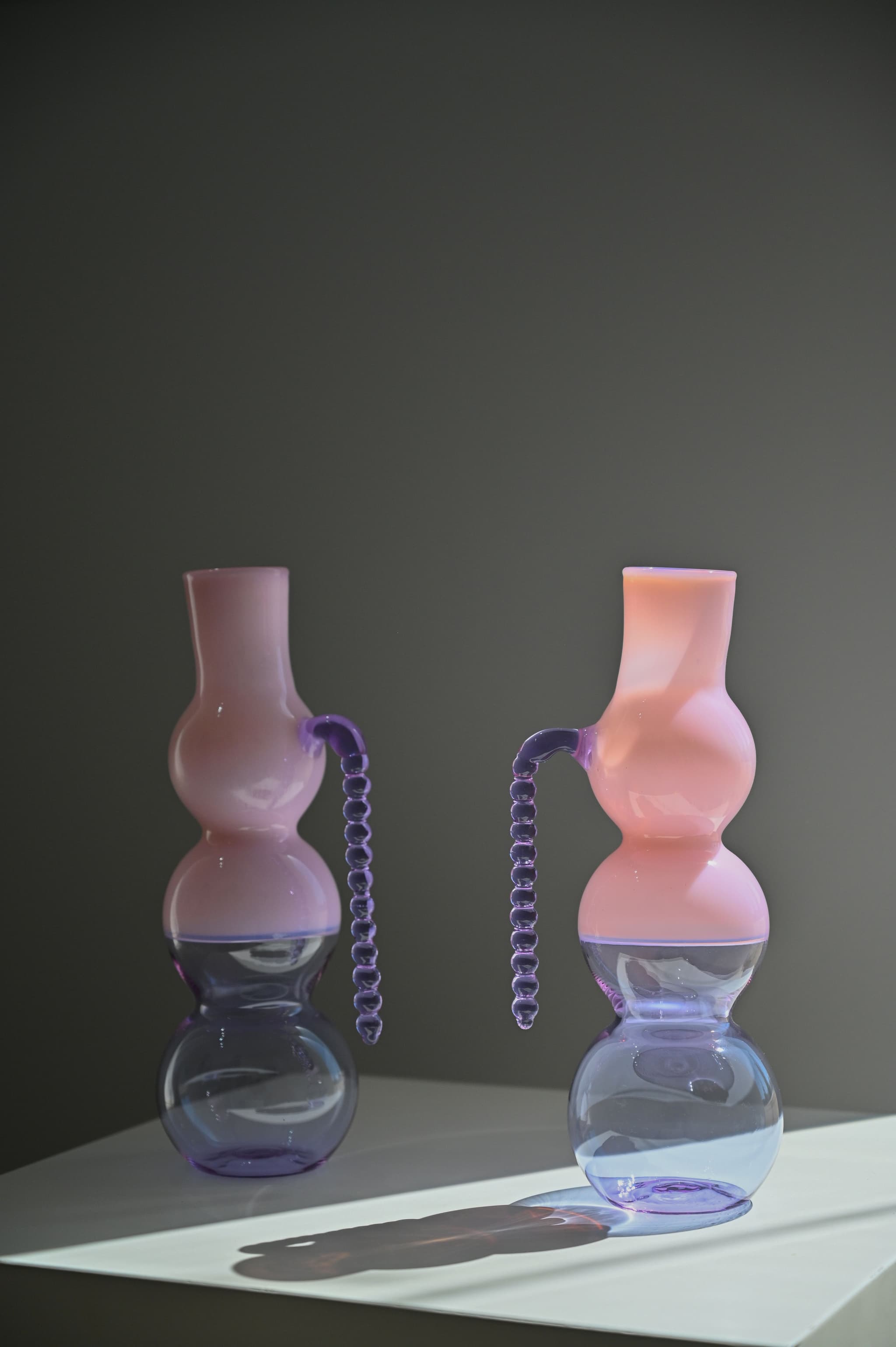
Could you walk us through the process of creating the Mouth-Blown Glass Vase, specifically how the locally sourced stones are integrated into the design?
Creating the Mouth-Blown Glass Vase begins with pencil sketches to conceptualise the design, followed by detailed modelling in Rhino, This model is then discussed with artisans to ensure feasibility and to integrate their expertise into the design.
Of course, we go through an experimentation process, as glass sometimes rebels, prompting us to adjust our initial ideas. Once we've arrived at the desired design through this iterative process, that's when our piece is released. The next step involves heating the glass to a molten state, then skillfully blowing and shaping it into the desired form, while also allowing the glass to take on its natural variations. This careful process combines traditional craftsmanship with modern design techniques, resulting in unique and visually captivating vases.
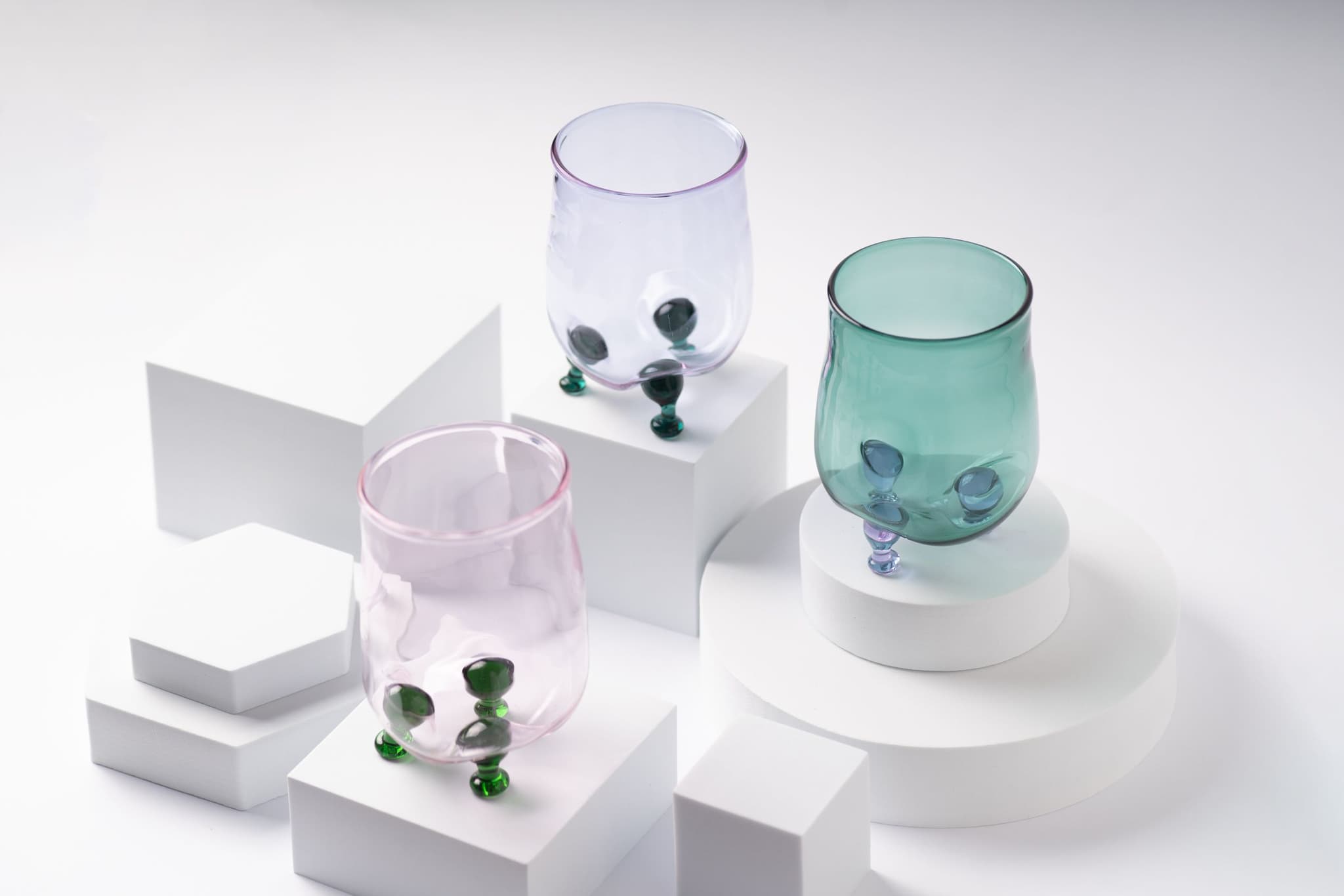
The Fortune Pendant Light is described as using an ancient glass-blowing technique. Could you detail this technique and how it has evolved or remained consistent over time?
The ancient glass-blowing technique used for the Fortune Pendant Light involves blowing molten glass into a mould or free-forming it by hand. This method has remained largely consistent over time, preserving its traditional roots.
However, contemporary adaptations have introduced precision tools and advanced temperature control, enhancing the quality and consistency of the finished product. The technique's essence remains in the skillful manipulation of molten glass, creating intricate and beautiful designs that reflect both history and innovation.

How do you ensure the quality and durability of the borosilicate glass used in your Chemistry Vase while maintaining its artistic integrity?
To ensure the quality and durability of the borosilicate glass used in the Chemistry Vase, we start with high-grade raw materials known for their strength and resistance to thermal shock. The glass is meticulously inspected throughout the production process to detect any imperfections.
Additionally, the pieces undergo rigorous annealing to relieve internal stresses, enhancing their durability. Despite the technical focus, we maintain artistic integrity by allowing the natural fluidity and clarity of borosilicate glass to inform the design, resulting in pieces that are both robust and visually captivating.
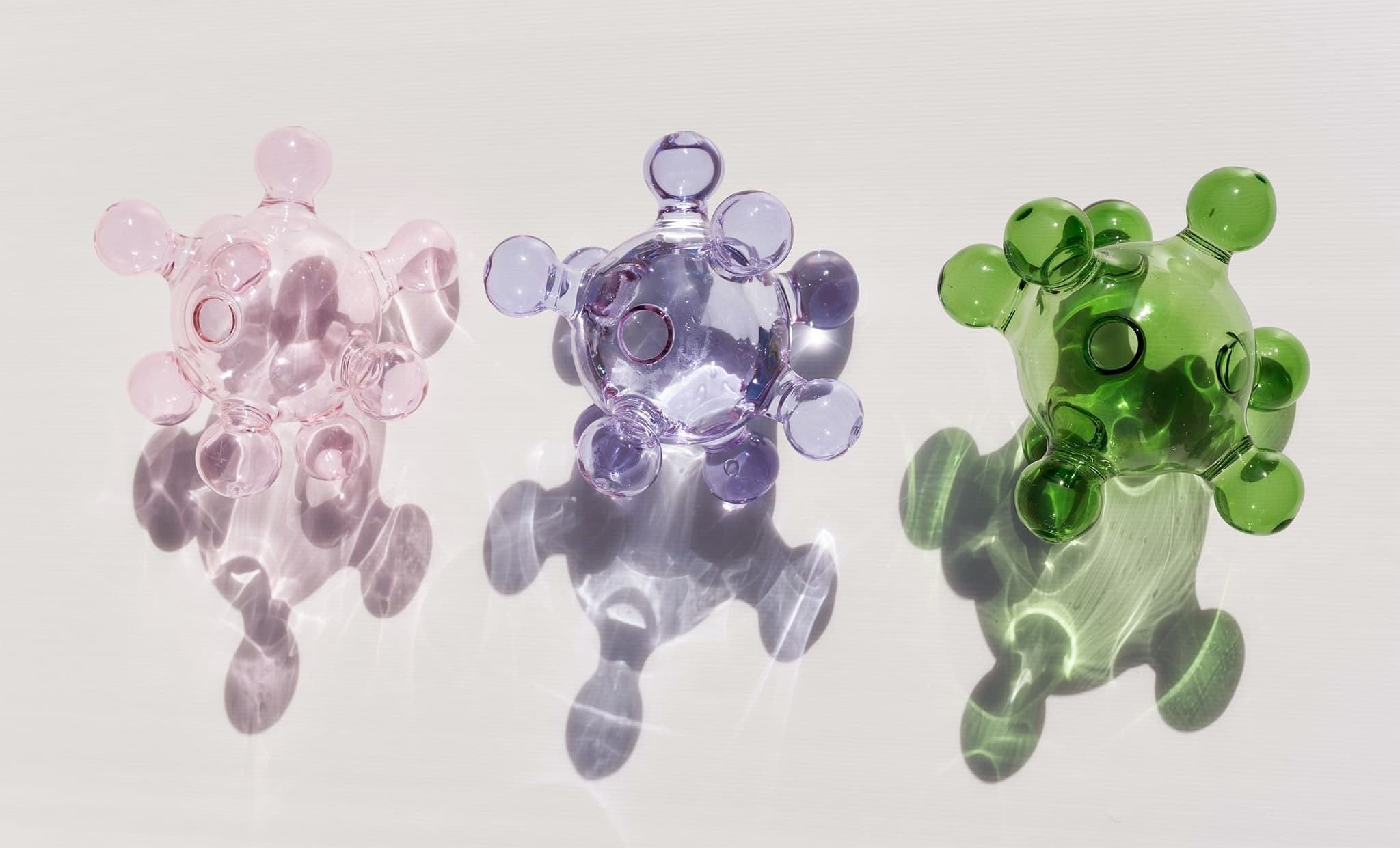
What are some of the challenges you face when working with blown glass, and how do you overcome them?
Working with blown glass presents several challenges, including managing the high temperatures required for shaping, controlling the cooling process to prevent cracking, and achieving precise forms.
To overcome these challenges, we rely on the expertise of skilled artisans and the use of tools and equipment. Continuous learning and adapting techniques also play a crucial role in addressing these challenges.
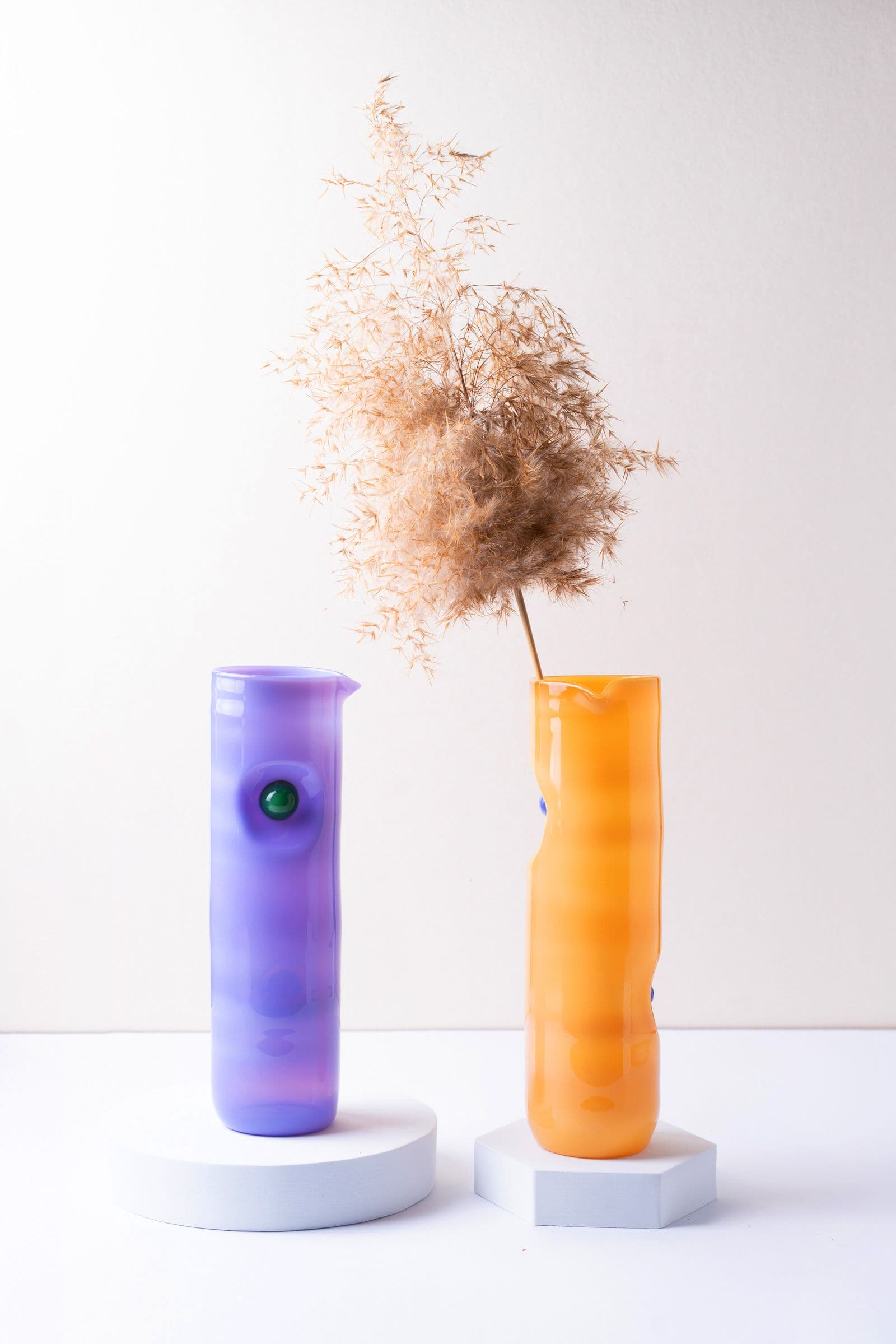
Are there any new materials or techniques you are currently exploring or planning to incorporate into your future projects?
We are currently exploring the incorporation of recycled glass and sustainable materials into our future projects. Additionally, we are experimenting with advanced glass fusing techniques and mixed media applications to expand the creative possibilities of our designs.
These explorations aim to enhance the sustainability and artistic diversity of our work, ensuring that each piece is both environmentally responsible and visually compelling.

How do you see the future of glass art and design evolving, especially within the context of Palestinian cultural heritage?
The future of glass art and design within the context of Palestinian cultural heritage is incredibly promising. I envision a growing appreciation for traditional techniques fused with contemporary aesthetics, leading to innovative and meaningful creations.
By continuing to collaborate with local artisans and embracing sustainable practices, we can preserve and celebrate our cultural heritage while pushing the boundaries of modern design. This evolution will likely see an increased global recognition of Palestinian artistry and craftsmanship.
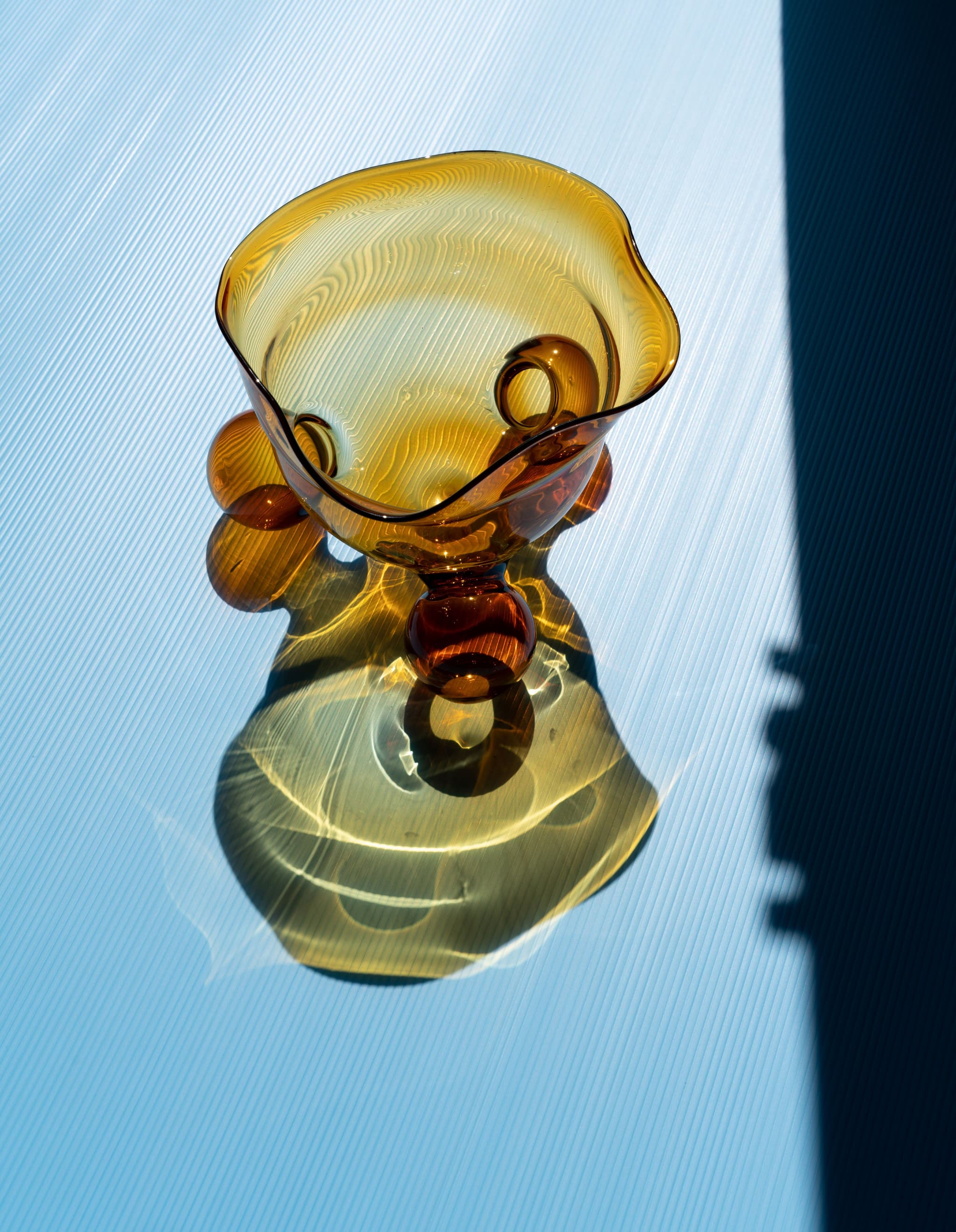
What are some of the most rewarding aspects of working with glass, and what keeps you passionate about this medium?
The most rewarding aspects of working with glass include the material's versatility and the endless creative possibilities it offers. The process of transforming raw glass into a finished piece is both challenging and deeply satisfying.
What keeps me passionate about this medium is the ability to merge traditional craftsmanship with contemporary design, creating pieces that are not only beautiful but also meaningful. The connection to local artisans and the cultural significance of the work further fuel my dedication to this craft as well as the opportunity to connect with the rich history and cultural heritage of Palestinian glassmaking. Each piece we create is a testament to this heritage, and sharing it with the world is an honour and a privilege.








